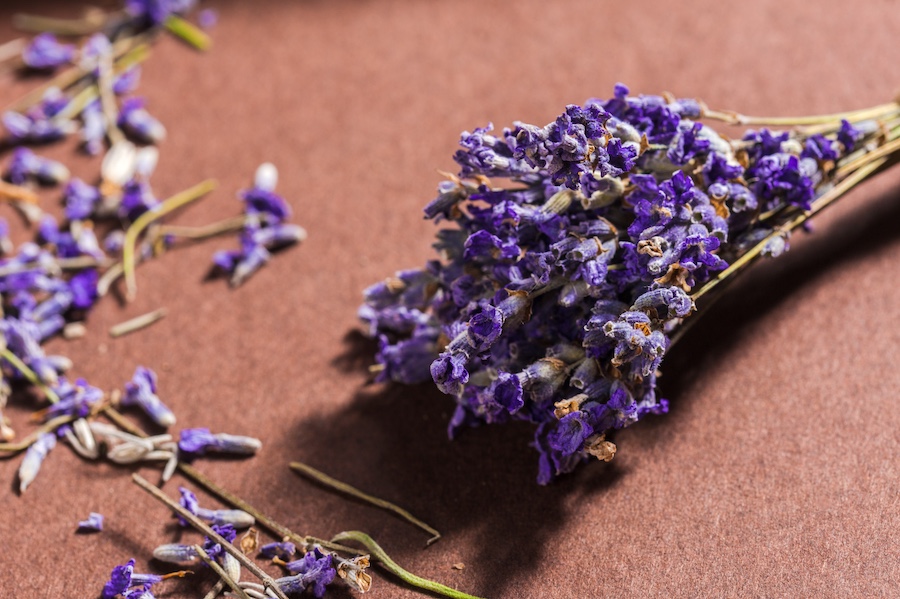To understand why terpenes are only now getting the attention they deserve, one must grasp the importance of cannabis’s growing legalization across the US.
A good analogy is alcohol during the prohibition.
In those days, people were willing to take what they could get, even if what they could get was absolute swill.
When laws make something challenging to procure, the standards naturally lower. We’re less interested in what’s in a given drink (or plant) and more in merely getting our hands on it.
That’s why, nowadays, where alcohol (for adults) is as legal as breathing air, we see everybody and their mother drinking craft beer, for instance.
Beer is so abundantly available that many enthusiasts are over the idea of sipping on standard stuff like a Bud or a Miller. They want specificity and craft to go into their brewskis and demand the appearance, aromas, tastes, and textures of a premium product made via intricate and artful brewing processes.
Cannabis in the 2020s has many similarities to craft beer—in relation to the above context.
Now that our favorite magical plant is legal in so many states, like New Jersey, adult-use consumers aren’t settling for whatever they can get their hands on. They’re demanding quality and asking questions about composition, cultivation, and—yes—terpenes, like linalool, which contribute to the flavor and aroma of a given strain.
Below, we’ll explore the ins and outs of linalool, taking a deep dive to help you better appreciate and immerse yourself in your experiences with cannabis containing this calming terpene.
What Is Linalool?
Known for its strong calming effects, linalool is also believed to provide an anticonvulsant response in epileptic patients.
Aside from cannabis, linalool is present in rosewood, coriander, basil, mint, and lavender.
Furthermore, it’s present in 200-plus plant species globally [1].
Linalool has a distinct floral fragrance, with notes of spice and sweetness, along with some citrus. Many lovers of this calming terpene speak specifically of a lavender scent.
Due to its calming and comforting traits, linalool is a terpene best suited to adult-use cannabis consumers seeking some rest and relaxation.
What is Linalool’s Role In Cannabis?
We’ve already discussed linalool as a terpene with calming traits, and that’s due to how it interacts with the other cannabinoids (e.g., THC and CBD).
Terpenes have a distinctive synergistic effect with cannabinoids. They all have unique properties, but the idea is that the higher the quality and the better harnessed the terpenes, the more therapeutic and pleasing the effects.
What we’ve depicted above is the primary idea behind the entourage effect, which is a scientifically backed theory that the quality of cannabis involves all of its components [2].
Indeed, it’s all too easy to fall into the “THC” trap—i.e., the higher the THC content, the better the cannabis.
While there’s some truth to high potency being a sign of quality cannabis, that’s not all that goes into it. Terpenes like linalool—as well as how they’re harnessed—also play a vital role and contribute to a more well-rounded cannabis experience.
So, let’s say a given cannabis strain has an intensely high THC percentage and can yield heightened psychoactive responses.
Such a heightened psychoactive response could be too much for some adult-use consumers, which could lead to a negative experience filled with paranoia and anxiety.
However, suppose you pair that high THC content with equally substantial linalool content. In that case, you can offset the more unpleasant effects and harness the more enjoyable ones.
What re the Benefits of Linalool?
Here’s a list of the primary therapeutic benefits offered by linalool (Disclaimer: we aren’t a medical dispensary, and this is not medical advice. It’s merely research we’ve compiled):
- Linalool shows the potential to offset generalized anxiety and PTSD symptoms. Since linalool might provide physical and mental calm while potentially enhancing the immune system, it could cut down on stress-related anxiety [1].
- When consuming strains rich in linalool, it’s possible to benefit from its anti-inflammatory and analgesic properties. Thus, it’s believed by some experts that linalool can help treat chronic pain symptoms when paired with cannabinoids like THC and CBD. Therefore, it might be a boon to patients dealing with arthritis, migraines, and neuropathic pain.
- Another symptom that linalool shows potential in offsetting is insomnia and similar sleep disorders. When inhaled, the potent, calming terpene possesses sedative qualities, helping with relaxation and possibly bolstering sleep quality. Moreover, some experts think linalool is one of the world’s most ancient sleep aids.
Linalool’s Role In Cannabis Strains
Linalool can be present in sativa, indica, and hybrid strains, but its qualities tend to lend themselves more to indica since indicas are typically calming and relaxing [3].
That said, a sativa with a dash of linalool might take some of the jitters away from a strain that could otherwise be too energy-inducing and jittery. Also, while indicas are often associated with couch lock and sleepiness, heightened linalool levels will benefit you with a more therapeutic calm versus outright grogginess.
One particular linalool-rich strain that stands out is &Shine Banana Cream. Although it’s nearly 30% THC, this indica isn’t simply going to knock you out into a stupor. Rather, the present linalool will lend you a sense of well-being, calm, and happiness before you nod off.
Clade9 Flower’s Diamond Bar hybrid stain also has plenty of linalool, mixing calm and relaxation with a dash of energy. This particular selection has 35% THC, so the calming properties of linalool will play a crucial role in providing a potent but enjoyable, non-overwhelming experience.
Linalool and Aromatherapy
Multiple in vivo studies confirm that linalool, as an essential oil, has numerous effects on the central nervous system.
Furthermore, such oils exhibit multiple biological activities (e.g., anti-inflammatory, anticancer, antioxidant, and antimicrobial) [4].
The lavender effect of linalool also leads to a sense of calm, which is synonymous with aromatherapy.
Identifying Linalool In Your Cannabis
These days, the most straightforward way to find out if there’s linalool in your cannabis is by reading the product label. Most reliable cultivators put terpene content on their product packaging because they want to be transparent.
Also, speak to your local budtenders about finding cannabis products rich in linalool. Not only do they likely know because they’re cannabis connoisseurs themselves, but they’ll also likely have access to point-of-sales information to help provide quick answers.
Provided you don’t have the luxury of a knowledgeable budtender nor an informative label, smell for sweet, spicy, and citrus scents in your bud.
Precautions and Considerations
Linalool allergies stem from its hydroperoxide form and can cause contact dermatitis. The typical signs of this response are itching, swelling, discomfort, and redness on the affected skin. Blisters might form in severe cases [5].
Final Thoughts
Linalool’s spicy, citrusy scent and calming effects lend themselves to the entourage effect that enhances your overall experience with cannabis. Expect strains rich with this r-and-r-based terpene to provide a therapeutic experience that makes you feel good on the inside and out.
Relax with Linalool-Rich Strains From Phasal
You’ll get the most out of your linalool-rich strains when you purchase from a source that specializes in selling high-quality cannabis you can trust. That’s precisely what Phasal’s been to our customers since the day we opened for business in Runnemede.
Check out our online menu today for strains with linalool, or visit our location in person!
Sources
- https://mamedica.co.uk/linalool-three-unexpected-ways-this-terpene-can-benefit-you/#:~:text=Linalool%20is%20a%20naturally%20occurring,depending%20on%20the%20specific%20cultivar.
- https://pubmed.ncbi.nlm.nih.gov/9721036/
- https://www.leafly.ca/news/science-tech/linalool-cannabis-terpene-benefits
- https://journals.sagepub.com/doi/pdf/10.1177/1934578X0800300727#:~:text=Linalool%20and%20linalool%2Drich%20essential,on%20the%20central%20nervous%20system.
- https://www.wyndly.com/blogs/learn/linalool-allergy#:~:text=A%20contact%20allergy%20to%20hydroperoxides%20of%20limonene%20and%20linalool%20typically,severe%20cases%2C%20blisters%20may%20form.

